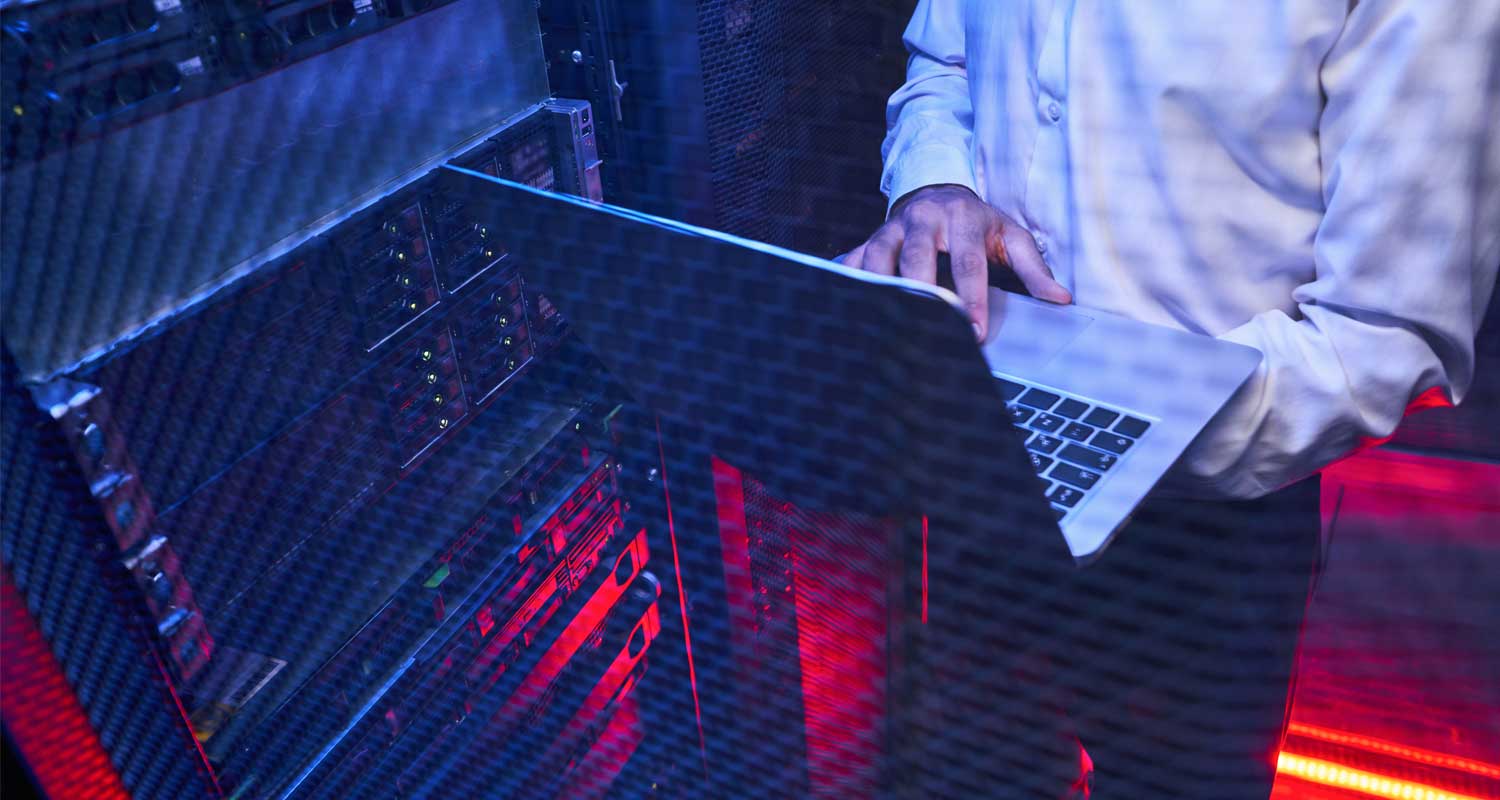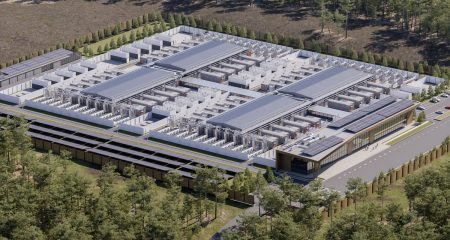 The computer industry has witnessed a seismic shift from monolithic mainframes to the distributed systems comprising smaller, individual servers.
The computer industry has witnessed a seismic shift from monolithic mainframes to the distributed systems comprising smaller, individual servers.
This transition fundamentally reshaped the utilisation of IT racks. With the advent of new generations of high-density servers and networking equipment, rack densities have ballooned, accompanied by an upswing in overall facility power demands. Today, the power density per rack averages around 7-8kW and is set for further growth.
While the specific requirements for rack enclosures may differ between colossal IT operations like colocation facilities and cloud installations compared to more localised edge networks, enterprise setups or even low to medium density server and networking applications used by smaller entities, it’s important to acknowledge that the humble rack enclosure remains the backbone of IT infrastructure.
More than meets the eye
Once perceived as mere commodity items, data centre rack enclosures and their associated equipment were viewed as nothing more than platforms for stacking hardware. Additional enclosures were typically acquired in tandem with the expansion of IT inventories, fuelled by the incorporation of new servers and rack-mounted components.
Fast-forward to today, where the sophistication and importance of data centres have soared to unprecedented heights. Some might still underestimate the significance of rack enclosures, assuming that because they lack electronic components, they’re akin to furniture. In truth, contemporary rack enclosures represent highly engineered equipment capable of enhancing the efficiency of supported hardware and boosting the productivity of data centre personnel.
This is because rack systems have evolved into strategic assets, playing a pivotal role in system uptime, data centre availability and overall reliability. Their flexibility and adaptability make them reliable allies in accommodating rapid changes. IT racks are designed with flexibility and cable routing efficiency in mind, contributing to time savings and productivity enhancements. In short, they constitute an indispensable component of any data centre.
A transformative shift
In the present landscape, many racks are shipped fully configured, complete with servers, UPSes and pre-installed power distribution components.
The rack enclosure has therefore emerged as the fundamental framework of the modern IT infrastructure. The burgeoning colocation market has significantly driven this transformation, in part because rapid deployment has become a business imperative. Given that a host of IT applications generate revenue, deploying them sooner means reaping the rewards more rapidly.
This trend towards consolidation and integration has also extended to the room or building level for data centres. Modular or prefabricated data centres now come equipped with all the necessary infrastructure, including IT racks and servers, to function seamlessly and efficiently right from the outset.
 Monitoring and managing racks
Monitoring and managing racks
Because racks are such a critical element of the data centre industry, monitoring their performance is of utmost importance, particularly temperature, humidity, leakage, power and airflow.
When faults arise, an effective monitoring system can take automated actions, such as activating additional fans, triggering alarms or sending alert notifications. With an embedded interface and support for Simple Network Management Protocol (SNMP) software, evaluating environmental data becomes straightforward, helping to proactively prevent equipment failures.
For example, Vertiv’s rack monitoring solutions provide critical assistance to data centre and facilities managers in a range of ways.
Users can configure alert thresholds and receive notifications in a range of ways, and can ensure proper humidity levels to prevent hardware corrosion in high humidity conditions and electrostatic discharge issues in low-humidity environments.
Moreover, Vertiv’s solutions detect water leaks originating from external sources or within water-cooled racks, safeguarding equipment from potential damage, and can continuously monitor cooling and hot air return flow rates to ensure the efficient operation of cooling and containment systems.
When it comes to maintaining optimal temperatures, Vertiv’s tools can measure temperatures at multiple heights within the rack to identify potential heat issues before they become a problem. These monitoring units provide timely warnings and notifications for temperature anomalies, helping to optimise cooling systems.
Tracking any threats
Whether we’re talking about battery monitoring, leak detection systems, temperature monitoring, sensor-level monitoring for harsh industrial environments, or complex data centre monitoring systems, there’s no doubt that this is an essential part of future-proofing and safeguarding data centre facilities from threats that can range from faulty equipment and environmental conditions to cyberattacks and other security incidents.
This is why Vertiv is investing heavily in an ongoing learning process to not only detect, but also proactively predict causes of downtime to keep customers’ assets safe and secure.
Users can also monitor and control access to their racks, allowing remote access when needed. Furthermore, they will receive alerts if the rack ensures a physical impact or other disturbance thanks to the vibration sensors that are fitted.
Enabling vital applications
Vertiv is renowned for designing, building, and servicing business critical technologies that facilitate the critical applications for data centres, communication networks, as well as commercial, industrial, and even smaller environments.
Through Tarsus Distribution, the company supports today’s growing mobile and cloud computing markets with its portfolio of power, thermal, infrastructure management products, software and solutions, all complemented by its global service network.
- Read more articles by Tarsus Distribution on TechCentral
- This promoted content was paid for by the party concerned




